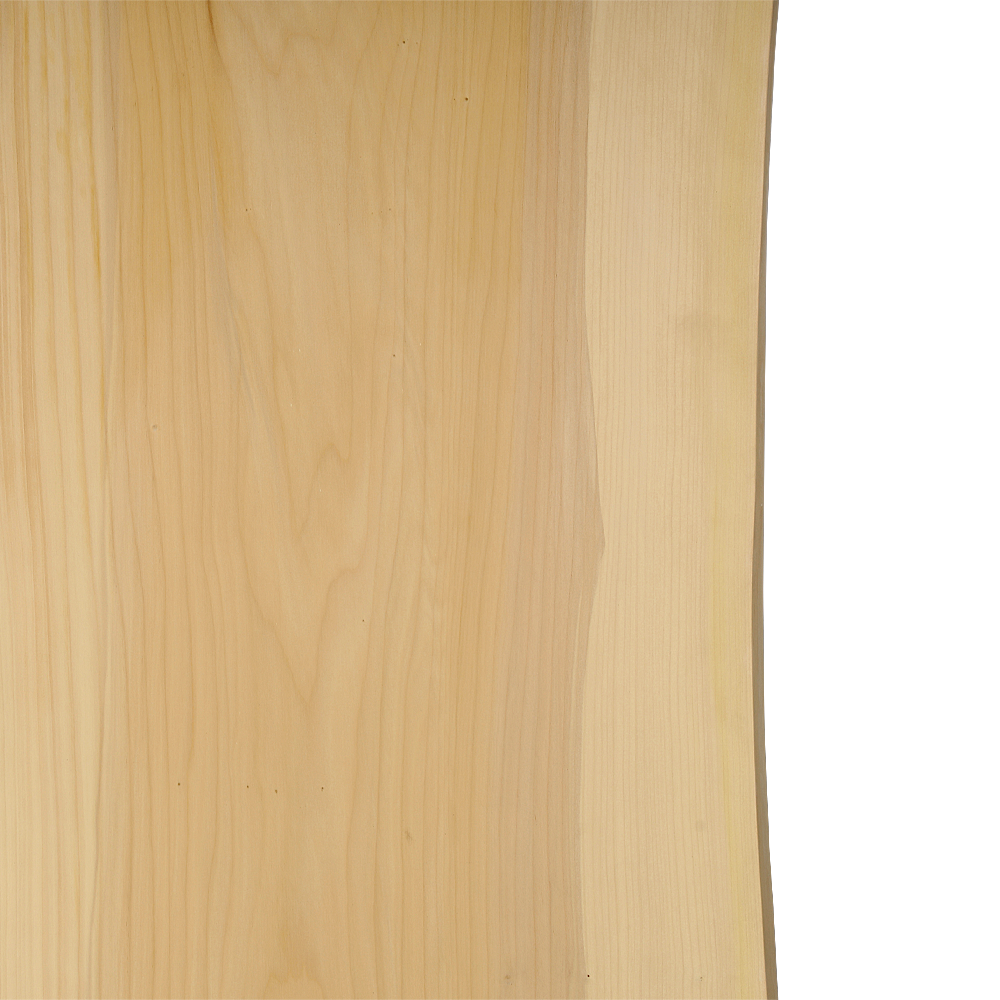
イチョウ
- Ginkgo biloba
- イチョウ科イチョウ属
- 日本
古代から地球を見ている木
イチョウ科の植物は中生代から新生代にかけて繁栄し日本や世界で化石が出土しているが、氷河期にほぼ絶滅し、唯一現存する種である。火に強いため幹が焼け焦げても再生し、大気汚染などの公害に強く、病害虫に強いため、街路樹として日本で最も多く植えられている木。材質は全体に緻密で美しく、加工しやすいため、まな板などの器具材、木魚などの彫刻材、洋服の栽板、碁盤、将棋盤にも使用される。
Tree watching the earth from ancient times
Ginkgoaceous plants prospered from the Mesozoic to the Cenozoic and fossils were excavated in Japan and the world, but they are almost extinct in the Ice Age and are the only extant species. Because it is resistant to fire, it is regenerated even if the trunk burns, it is resistant to pollution such as air pollution, and it is strong against pests, so it is the tree planted most in Japan as a street tree. Because the material is dense and beautiful as a whole, easy to process, it is also used for cutting materials such as chopping boards, engraved materials such as wood fish, plasterboard for clothes, go board, shogi board.
